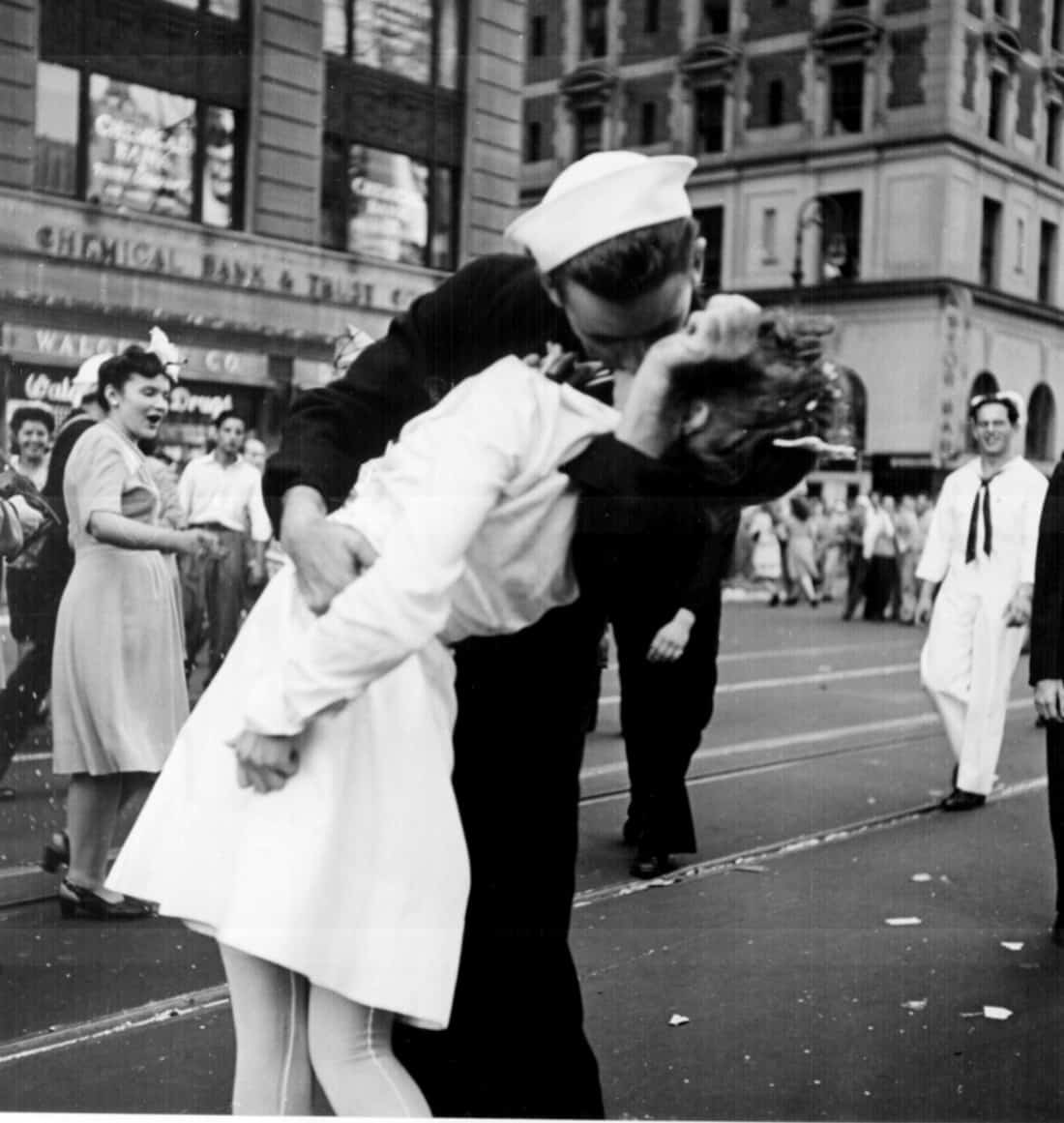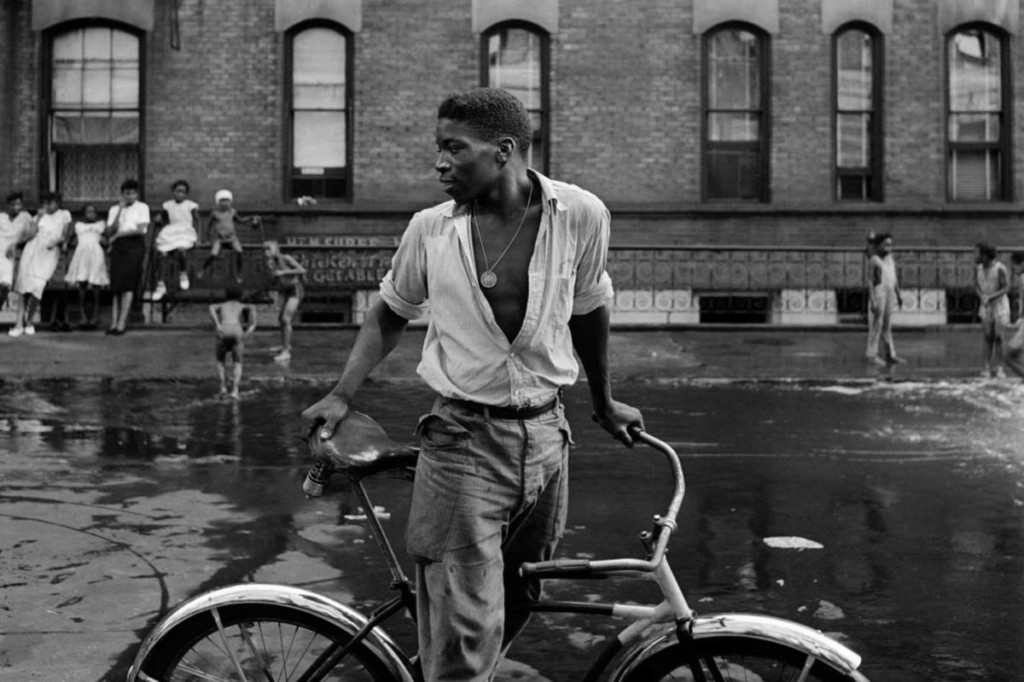Some Known Incorrect Statements About Framing Streets
The Buzz on Framing Streets
Table of ContentsFraming Streets Things To Know Before You BuyThe Greatest Guide To Framing StreetsWhat Does Framing Streets Do?Not known Factual Statements About Framing Streets Framing Streets Things To Know Before You Get ThisGetting My Framing Streets To Work
, typically with the aim of catching images at a definitive or emotional minute by careful framing and timing. https://codepen.io/framingstreets1/pen/NWJrZWo.
, who was motivated to undertake a similar documents of New York City. As the city established, Atget assisted to promote Parisian roads as a deserving topic for photography.

The Only Guide for Framing Streets
Martin is the first recorded photographer to do so in London with a masked cam. Mass-Observation was a social research organisation established in 1937 which intended to record daily life in Britain and to tape the reactions of the 'man-in-the-street' to King Edward VIII's abdication in 1936 to marry divorce Wallis Simpson, and the sequence of George VI. The principal Mass-Observationists were anthropologist Tom Harrisson in Bolton and poet Charles Madge in London, and their first record was created as guide "May the Twelfth: Mass-Observation Day-Surveys 1937 by over two hundred observers" [] Home window cleaner at Kottbusser Tor, Berlin, by Elsa Thiemann c. 1946 The post-war French Humanist School digital photographers found their topics on the street or in the bistro. Between 1946 and 1957 Le Groupe des XV annually displayed work of this kind. Andre Kertesz. Circus, Budapest, 19 May 1920 Road photography developed the major content of two events at the Museum of Modern Art (Mo, MA) in New York curated by Edward Steichen, Five French Digital Photographers: Brassai; Cartier-Bresson, Doisneau, Ronis, Izis in 1951 to 1952, and Post-war European Digital Photography in 1953, which exported the concept of street photography globally.

Getting My Framing Streets To Work
, then a teacher of young kids, connected with Evans in 193839.'s 1958 publication,, was significant; raw and frequently out of focus, Frank's images examined conventional photography of the time, "challenged all the formal guidelines laid down by Henri Cartier-Bresson and Pedestrian Evans" and "flew in the face of the wholesome pictorialism and sincere photojournalism of American magazines like LIFE and Time".